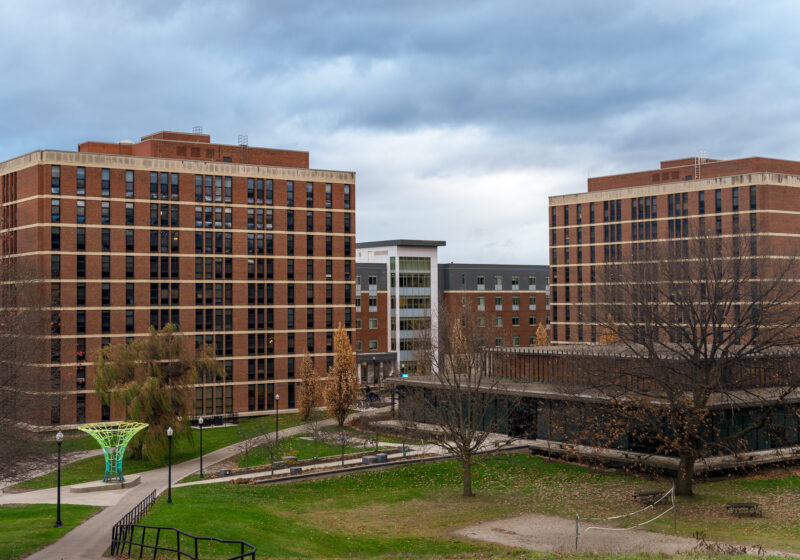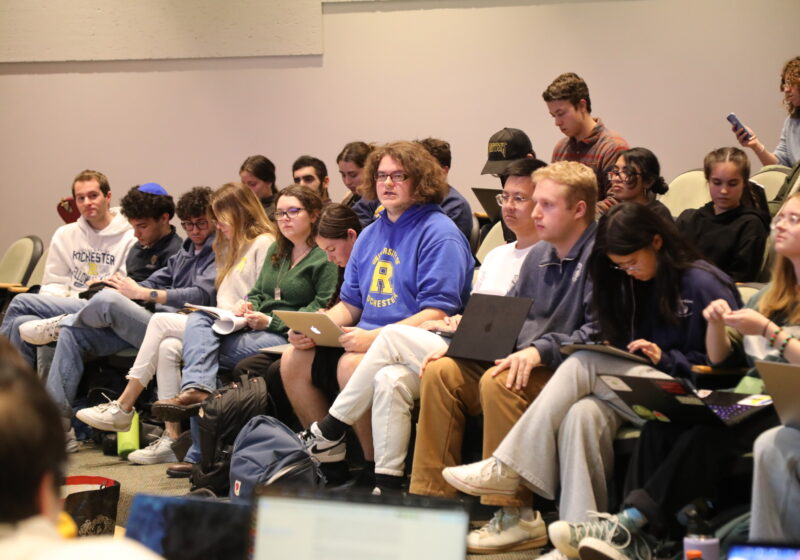President George W. Bush used the State of the Union address as an opportunity to advocate his Social Security privatization plan. In his speech, Bush repeated his past claims that the current Social Security system would be “exhausted and bankrupt” by 2042. Though the current Social Security plan is in need of improvement, the Congressional Budget Office states that Social Security can pay out the current full benefit rates until 2052 and 80 percent of the current rates thereafter. Bush’s math seems a little fuzzy.
Supporters of Bush’s Social Security plan hope to scare the public, particularly young Americans, into thinking that if the current Social Security program is not drastically altered immediately, they will grow old without any benefits. By using incorrect data and statistics, Bush may be able to talk young Americans into giving up the benefits they have been told that they won’t receive.
It is because of this that it is important we understand the current state of Social Security and whether or not Bush’s privatization plans will improve the future of Social Security. A Feb. 11 article in the New York Times titled “Social Security Plan Hinges on the Peg” states that based on Bush’s plan, “The guaranteed portion of future benefits for younger workers would effectively be smaller, leaving them to rely more heavily on their investment accounts. But even with solid investment gains, their combined benefit would, in most cases, be considerably less than what the current system promises.” This is very scary.
Proponents of privatized Social Security claim that in exchange for traditional benefits, privatized personal investments will be available. In theory, this sounds like a good idea. Assuming the stock market does well and we make good investments, our money will grow. However, if the stock market crashes, what happens to your money? But the current administration will not acknowledge that this could happen. After all, hasn’t there been a recession for three years and hasn’t the government participated in deficit spending?
When President Franklin D. Roosevelt created Social Security, he aimed to create a program that would provide Americans with security in their old age. Bush’s plan provides no security.
In a recent Newsweek poll, 75 percent of voters under 35 years old believed that we are facing a Social Security crisis, in which we would not receive benefits. Seventy-three percent of these people believe that the government should provide some sort of protection if Bush’s plan proves to be unsuccessful. This is unrealistic. As with anything else in life, you cannot have your cake and eat it too. That is why it is so important that young Americans take an educated stance against Bush’s plan to privatize Social Security.
Gorode can be reached at kgorode@campustimes.org.



